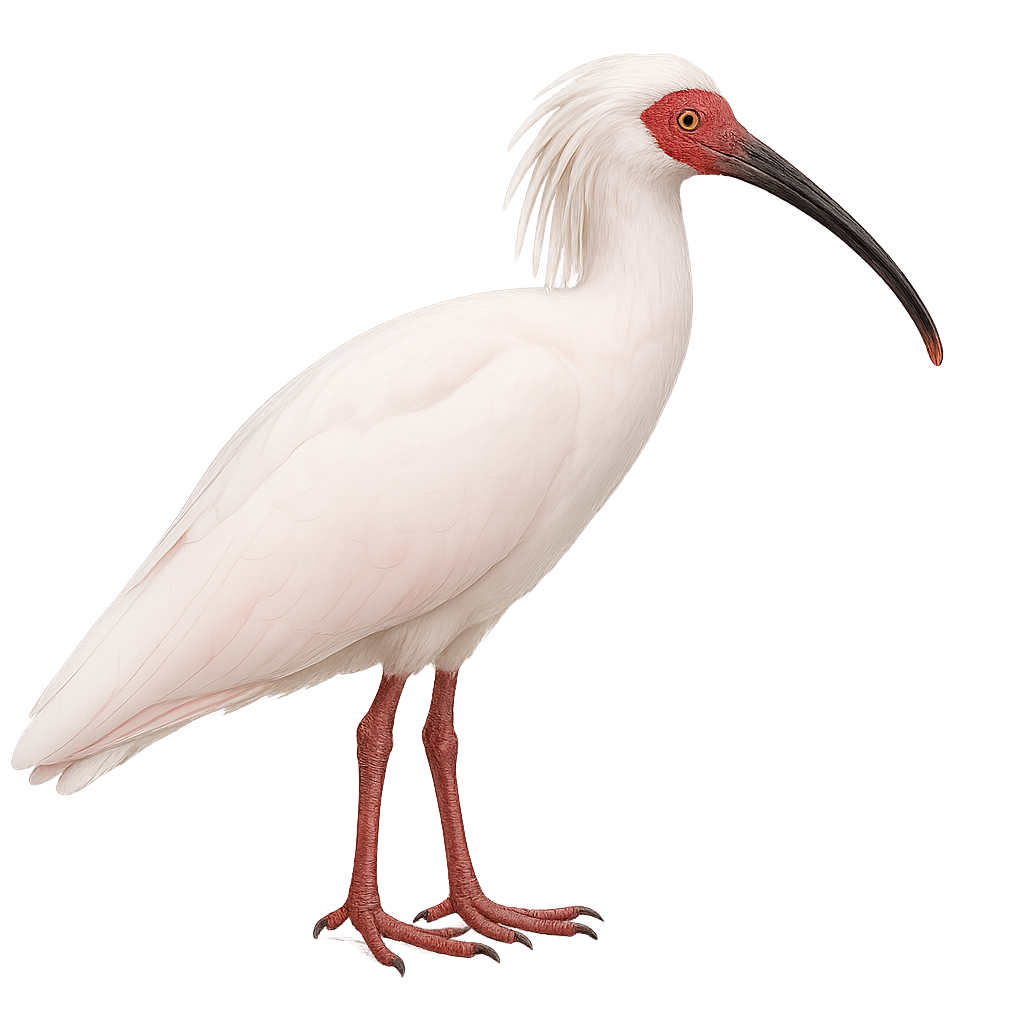Your wildlife photography guide.
Explore the crested ibis in detail, study its behavior, prepare your shots.
Where to observe and photograph the crested ibis in the wild
Learn where and when to spot the crested ibis in the wild, how to identify the species based on distinctive features, and what natural environments it inhabits. The WildlifePhotographer app offers tailored photography tips that reflect the crested ibis’s behavior, helping you capture better wildlife images. Explore the full species profile for key information including description, habitat, active periods, and approach techniques.
Crested Ibis
Scientific name: Nipponia nippon

IUCN Status: Endangered
Family: THRESKIORNITHIDAE
Group: Birds
Sensitivity to human approach: Suspicious
Minimum approach distance: 10 m
Courtship display: March to April
Incubation: 28-30 jours
Hatchings: April to May
Habitat:
Wetlands, rice paddies, marshes
Activity period :
Primarily active during the day, with peak activity in the morning and late afternoon.
Identification and description:
The Crested Ibis, scientifically known as Nipponia nippon, is an elegant and rare bird once widespread in East Asia. It is easily recognizable by its striking white plumage, long red legs, and curved black beak. Its head features a bare reddish skin, and a distinctive crest adorns its nape. This majestic bird primarily inhabits wetlands, rice paddies, and marshes, where it feeds on small fish, insects, and crustaceans. Unfortunately, the Crested Ibis has experienced a dramatic population decline due to habitat loss and hunting, but conservation efforts have helped stabilize some populations.
Recommended lens:
400mm – adjust based on distance, desired framing (portrait or habitat), and approach conditions.
Photography tips:
To photograph the Crested Ibis, it is advisable to use a telephoto lens of at least 400mm to capture detailed images from a distance without disturbing the bird. The best photo opportunities occur early in the morning or late in the afternoon when the light is soft and the bird is active. Aim to capture the ibis in its natural habitat, especially when it is feeding or interacting with other birds. Be patient and discreet to avoid scaring it, and use a tripod for sharp images.
The WildlifePhotographer App is coming soon!
Be the first to explore the best nature spots, track rutting seasons, log your observations, and observe more wildlife.
Already 1 430 wildlife lovers subscribed worldwide

